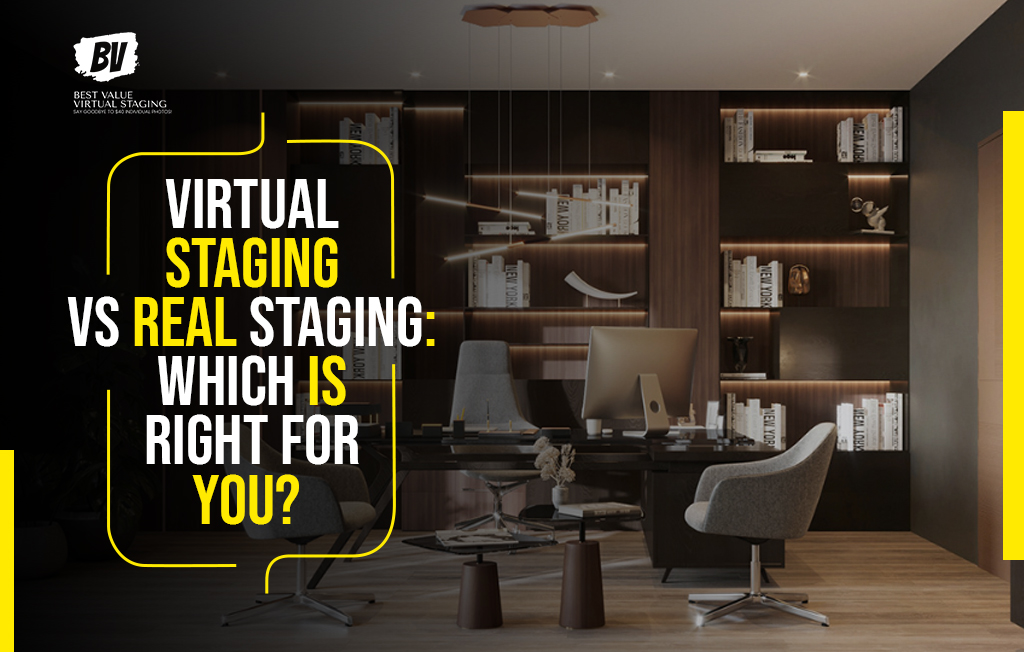Both virtual and conventional staging have their pros and cons when it comes to getting a house ready to sell. Your timeframe, budget, and marketing plan will help you choose among them. This blog post contrasts virtual staging vs actual staging to assist you figure out which one is ideal for your real estate objectives—especially if you’re not sure what virtual staged means or how much virtual staging costs.
What Does Real Staging Mean?
Bringing in genuine furniture and décor to make a house seem better is what traditional home staging is all about. Authentic staging may take a lot of effort and money, even if it makes the experience more immersive. People typically prefer it for high-end open houses or luxury listings.
What Does it Mean to Be Virtually Staged?
Adding digital furniture and décor to pictures of empty properties is what virtually staged means. Virtual stagers use advanced software to create magazine-quality, realistic virtual staging that helps buyers visualize the potential of the space.
Benefits of Virtual Staging
- Affordable: One of the biggest perks of virtual staging for homeowners is affordability. Traditional staging can cost thousands, while virtual staging pricing usually ranges from $25 to $100 per photo.
- Faster Turnaround: Most virtual home staging companies deliver results within 24 to 48 hours.
- Customizable Styles: From contemporary to farmhouse, virtual room staging allows you to target your ideal buyer with ease.
- No Physical Setup Required: Perfect for both vacant and occupied homes where traditional staging isn’t possible.
- Scalable: Digital staging for real estate is fast, adaptable, and perfect for agents managing multiple listings.
Drawbacks of Virtual Staging
- Can’t Be Viewed in Person: Buyers only experience the improved images online.
- Disclosure Required: MLS rules often mandate that agents disclose when a photo is virtually staged.
Benefits of Real Staging
- In-Person Impact: Walking into a beautifully decorated home helps buyers form an emotional connection instantly.
- Tactile Experience: Real furniture helps demonstrate layout, traffic flow, and room size.
- Ideal for Open Houses: It’s a tried-and-true method for attracting interest during in-person viewings.
Drawbacks of Real Staging
- Costly: Staging costs can add up quickly, especially with ongoing furniture rentals.
- Time and Logistics: Coordinating furniture, designers, and cleaning takes effort and time.
- Limited Flexibility: Changing styles or setups involves significant cost and labor compared to virtual real estate staging.
Who Should Choose Virtual Staging?
- Agents with tight timelines
- Sellers on a budget
- Remote buyers shopping online
- Anyone looking for quick, realistic virtual staging results
Who Should Choose Real Staging?
- Luxury listings and upscale buyers
- Homes with frequent in-person showings
- Sellers focused on traditional, local marketing
Conclusion
In today’s real estate landscape, both real estate virtual staging services and traditional staging offer valuable benefits. The choice depends on your audience, timeline, and budget. Virtual staging for homeowners provides a cost-effective and visually stunning option for elevating listings.
Looking for high-quality virtual house staging that sells? Best Value Virtual Staging digitally transforms spaces with speed, style, and competitive virtual staging cost packages.
Discover why more agents and sellers are turning to virtual home staging companies to elevate their listings today!


